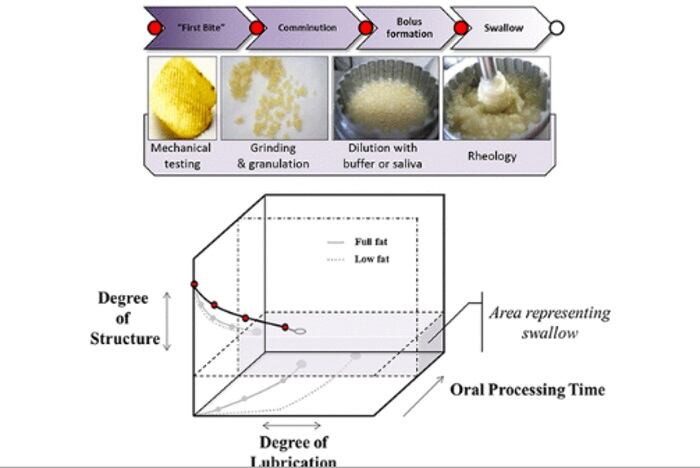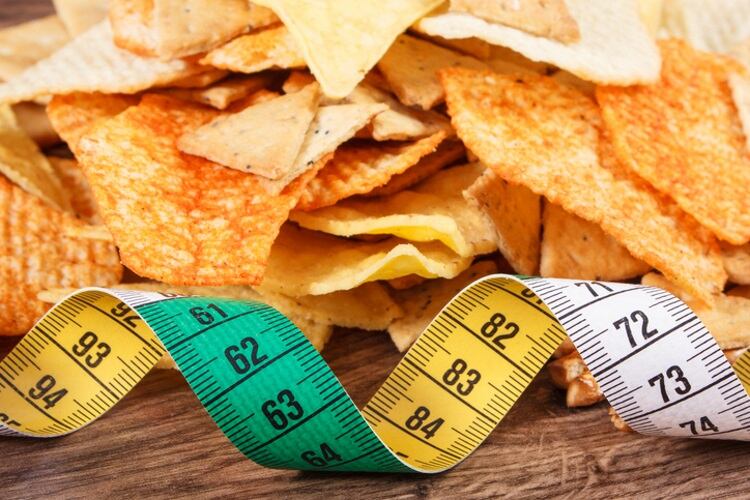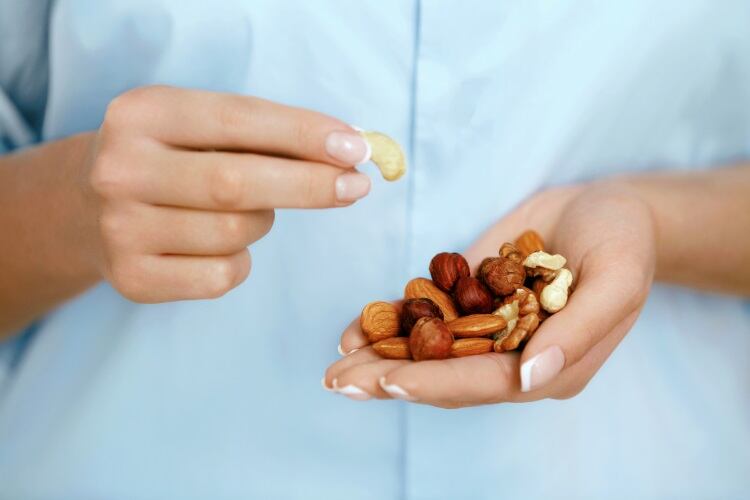The technique – called vitro oral processing – could eliminate the expensive, time-consuming and often subjective perceptions of enlisting trained sensory panellists.
Especially when it comes to low-fat snacks.
Low-fat potato chips might reduce the guilt compared with full-fat versions, but many consumers do not find them as appealing.
It is the oil – which imparts the highest calorific content – that helps to give the world’s most favorite snack its characteristic crunch, taste and mouthfeel.
From first bite to swallow
To overcome this, a team of University of Queensland researchers collaborated with PepsiCo alum Stefan Baier (now at Motif Ingredients) to develope a technique to analyze potato chips’ physical characteristics from first bite to swallow, which they claim could be used to help formulate a tastier low-fat snack.

The study – published in the Journal of Agricultural and Food Chemistry – provides a rational approach to food product design focused on controlling key sensory attributes by dividing a human being’s oral processing abilities into distinct units.
The four stages include:
- First bite: When the chip is taken from the package and broken by the teeth
- Comminution: When the chip particles are broken down further and wet by saliva
- Bolus formation: When the small, softened particles begin to clump as enzymes in saliva digest the starches
- Swallow: When the clumped mass moves to the rear of the mouth and is finally swallowed.
The researchers used different instruments to measure the physical characteristics of the chips with various oil contents at each stage.
For example, for the first bite stage, they conducted mechanical testing to measure the force required to break the chips. For the bolus formation, they measured the hydration rate of particles in buffer as the fragments became a soft solid.
High-fat flavor: low-fat product
The scientists then used the results to design a lower-fat chip coated in a thin layer of seasoning oil, which contained a small amount of a food emulsifier.
According to the study, the seasoning oil made the low-fat chip more closely resemble the greasiness of a full-fat one in tests with sensory panelists but added only 0.5% more oil to the product.
The study received funding from PepsiCo and the Australian Research Council Linkage Program.
Study:
Enabling the Rational Design of Low-Fat Snack Foods: Insights from In Vitro Oral Processing
Authors: Michael W. Boehm, Gleb E. Yakubov, Jeannine F. Delwiche, et al
J. Agric. Food Chem. July 12, 2019




